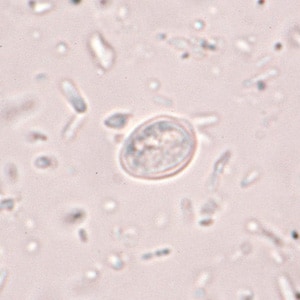Kumamoto s opinion is based on the fact many patients suffering from gastrointestinal diseases such as crohn s disease may have increased yeast in the stool.
Yeast cells in dog stool.
Candida is normally present in a dog s digestive system but an imbalance in the dog s body may prompt it to spread.
If your dog s intestines contain the yeast cyniclomyces guttulatus also known as saccharomycopsis guttulatus it s generally not a problem.
Causes of yeast infection and thrush in dogs most yeast infections in dogs are caused by candida which is a type of yeast that thrives on sugar.
This is even true with candida in the stool.
Candida is a type of yeast that grows in the body in areas such as the mouth gut and vagina.
The yeast that most commonly causes canine infections is called candida and it s naturally present in your dog s digestive system.
Cryptococcosis is a localized or systemic fungal infection caused by the environmental yeast cryptococcus.
Cyniclomyces guttulatus a gastrointestinal yeast of rabbits is considered an uncommon nonpathogenic pass through organism and possible opportunistic pathogen in dogs that consume rabbit feces.
Although yeast infections are rarely fatal treatment is necessary to ensure your dog is returned to full health.
However there are cases where an.
However if your dog suffers from chronic diarrhea it s possible that cyniclomyces guttulatus is the culprit.
Candida is a type of yeast that resides in many parts of the body.
Systemic yeast infection in dogs your dog s systemic yeast infection is caused by a simple organism called candida albicans.
This retrospective study aimed to characterize the presenting complaint clinical findings location.
This fungus grows in bird droppings and decaying vegetation and is generally associated with eucalyptus trees.
It doesn t necessarily signal a problem.
Systemic yeast infections can cause your dog to itch all over.
High levels of yeast in the stool may be associated with inflammatory conditions argues carol a.
However it is found worldwide and some areas of southern california canada and australia have been found to be more prone to the fungus.
Kumamoto in a review article published in current opinion in microbiology.

